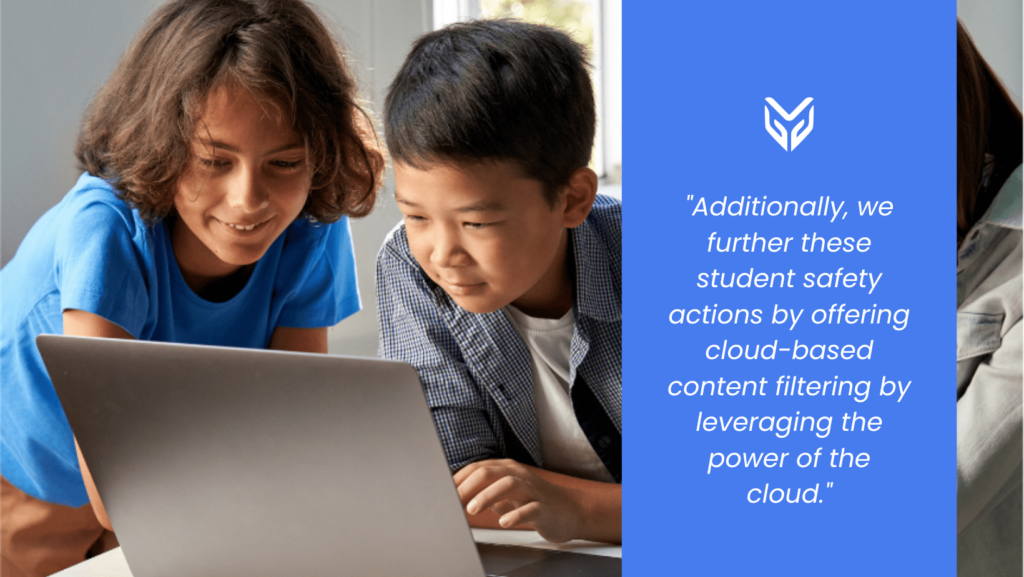NEWS
How Schools Can Use K-12 Threat Detection to Protect Students

The internet has become an essential part of our everyday lives, but more importantly, it is a tool that shapes the nature of human personality. Today, technology is used more than ever before in all aspects of our lives. And education is no exception. This means students can access the World Wide Web at a very young age. That is why every school has to take student safety measures, like K-12 threat detection and cloud-based content filtering.
Children are the most vulnerable group on the internet, especially considering that approximately 96% of teenagers use the internet daily. Their lack of experience leads them to believe almost everything they come across. Simultaneously, their innocence makes them unsuspecting of others’ intentions, coupled with curiosity, leading them to visit online places that may be harmful.
With the increased use of technology comes certain dangers, such as unsolicited content, violence, theft, cyberbullying, obsessive communication – all of these can negatively affect students’ mental health and overall well-being. Fortunately, there are tools that make the endless web more simple and secure for the students. Especially when using for educational purposes.

At Blocksi, we created an AI solution that scans 100% of student-generated content within Google and Microsoft domains across school and school-managed BYOD devices. It scans images, documents, files, chats, search engines, and drives, encompassing cyberbullying, self-harm, threats, violence, and inappropriate language. Our expert team of human reviewers then reviews all the content to ensure that all content of concern is correctly flagged, with zero false alerts.
The intelligent system recognizes patterns in harmful content, providing context with screenshots and historical data, ensuring 100% relevancy. When the alert is double-checked and recognized as a real threat, we alert schools, parents, and relevant authorities. These warnings (including specialized alert calls) are available 24/7/365, allowing our customers to take proactive matters in time. To ensure the model’s accuracy and rapidity, a team of data scientists uses a machine-learning model that enables continuous data retraining and later labeling.
Additionally, we further these student safety actions by offering cloud-based content filtering by leveraging the power of the cloud. Such web filters offer the processing power of thousands of synchronized servers. These filters reliably filter out controversial content while leaving out good sites. The availability of cloud platforms makes it more effective and easier to maintain databases of undesirable websites and databases that artificial intelligence machine learning references to improve their content filtering heuristics and algorithms over time.

Another thing about cloud-based cloud content filtering is that it makes it possible to dynamically adapt to the web as it constantly evolves, without having to schedule updates.
Appropriate digital use and risk awareness are crucial in preventing early triggers of mental disorders in students. Content filtering combined with K-12 threat detection helps guide students towards appropriate and accessible content, which in turn creates a safe haven for students to learn and grow.
SOURCES





